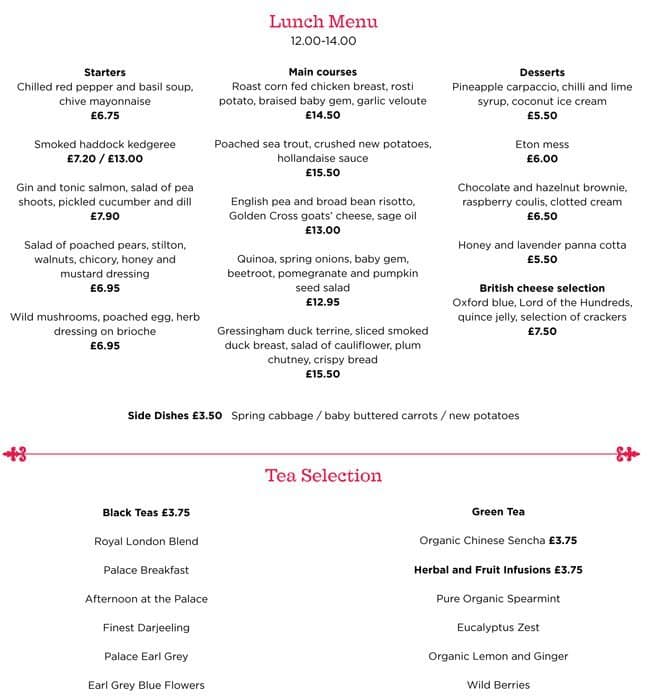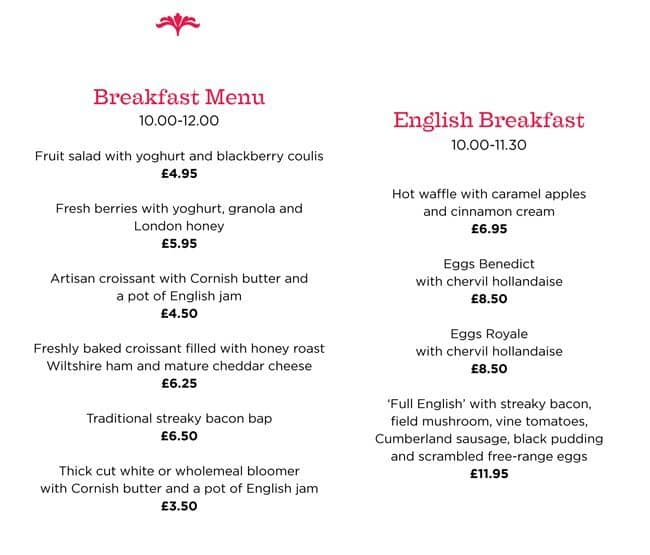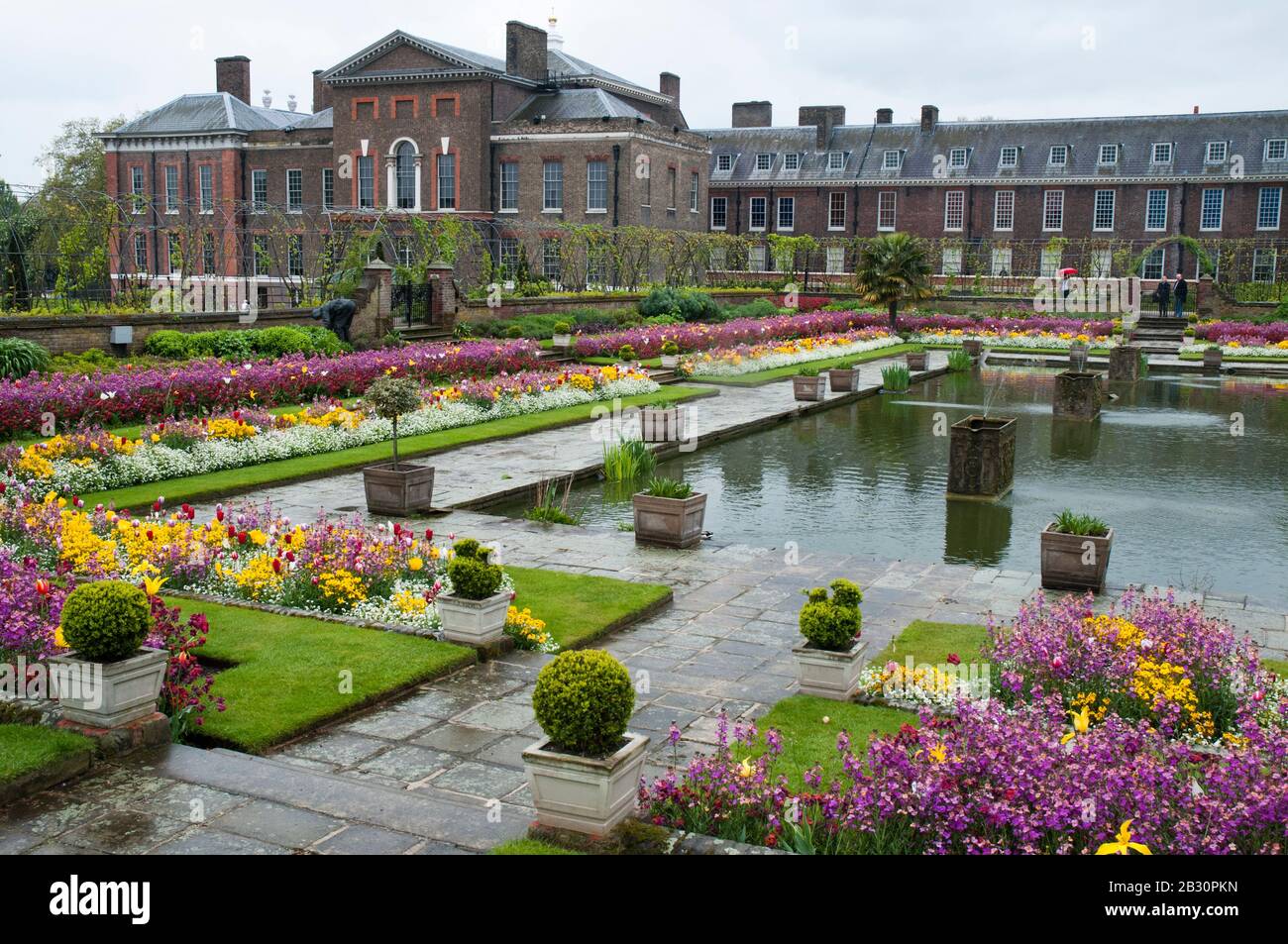Discover The Allure Of The Orangery Kensington Palace
Step into the enchanting world of the Orangery Kensington Palace, where history and elegance converge to create a timeless experience. As one of London's most iconic landmarks, this architectural marvel has captivated visitors for centuries. Its rich history and stunning design make it a must-visit destination for anyone exploring the city.
The Orangery Kensington Palace, originally constructed in 1704, stands as a testament to the enduring beauty of Georgian architecture. Designed by Sir Christopher Wren's assistant, Nicholas Hawksmoor, this building was initially intended as a greenhouse for exotic citrus trees. Over the years, it has evolved into a multifunctional space that continues to enchant visitors with its grandeur and charm.
Today, the Orangery remains an integral part of Kensington Palace, offering a glimpse into the opulent lifestyle of British royalty. This article will take you on a journey through its history, architectural significance, and cultural impact, providing a comprehensive understanding of why the Orangery continues to be a beloved attraction for history enthusiasts and architecture aficionados alike.
Read also:Stephanie Pratt Husband A Comprehensive Guide To Her Love Life And Personal Journey
Table of Contents
- The Rich History of Orangery Kensington Palace
- Architectural Marvels of the Orangery
- Royal Connection to the Orangery
- Modern Uses of the Orangery
- Tips for Visiting the Orangery
- Cultural Significance of the Orangery
- Preservation Efforts
- Events Held at the Orangery
- Interesting Facts About the Orangery
- Conclusion
The Rich History of Orangery Kensington Palace
The history of the Orangery Kensington Palace is steeped in intrigue and transformation. Originally built during the reign of Queen Anne, the structure was designed to house citrus trees, a luxury that reflected the wealth and status of the monarchy. Over the centuries, the purpose of the Orangery evolved, serving as a dining room and drawing room for various royal figures.
During the 18th and 19th centuries, the Orangery became a popular venue for royal gatherings and state functions. Its versatility allowed it to adapt to the changing needs of the palace, making it an essential part of the royal estate.
Historical Evolution
- 1704: Construction begins under Nicholas Hawksmoor's supervision
- Early 18th century: Used as a greenhouse for exotic plants
- Mid-18th century: Converted into a dining room for royal banquets
Architectural Marvels of the Orangery
The Orangery Kensington Palace is renowned for its architectural brilliance. Featuring a blend of Baroque and Georgian styles, the building showcases the finest craftsmanship of its era. Its symmetrical design and intricate details reflect the architectural trends of the early 18th century.
The use of Portland stone and the grand Corinthian columns add to the Orangery's majestic appeal. Visitors are often struck by the building's harmonious proportions and the way it seamlessly integrates with the surrounding gardens.
Key Architectural Features
- Corinthian columns supporting the pediment
- Large windows allowing natural light to flood the interior
- Elegant cornices and decorative moldings
Royal Connection to the Orangery
The Orangery has been closely linked to several members of the British royal family throughout its history. From Queen Anne to Queen Victoria, each monarch left their mark on this iconic structure. It served as a backdrop for many significant royal events, cementing its place in the annals of British history.
Today, the Orangery continues to be associated with the royal family, hosting various events and exhibitions that celebrate the rich heritage of Kensington Palace.
Read also:Pennys Short Hair On Big Bang Theory A Comprehensive Look
Modern Uses of the Orangery
In contemporary times, the Orangery Kensington Palace serves multiple purposes. It functions as a café, offering visitors a chance to relax and enjoy refreshments amidst the historic setting. Additionally, the space is frequently used for private events, weddings, and corporate functions, providing a unique venue for special occasions.
The Orangery's adaptability ensures its relevance in today's world, attracting both tourists and locals who appreciate its timeless charm.
Event Hosting
- Private receptions and dinners
- Corporate meetings and conferences
- Weddings and special celebrations
Tips for Visiting the Orangery
Planning a visit to the Orangery Kensington Palace? Here are some tips to enhance your experience:
- Book tickets in advance to avoid long queues
- Visit during off-peak hours for a more serene experience
- Take a guided tour to gain deeper insights into the Orangery's history
With its central location in Kensington Gardens, the Orangery is easily accessible by public transport, making it a convenient destination for all visitors.
Cultural Significance of the Orangery
The Orangery Kensington Palace plays a vital role in preserving British cultural heritage. It serves as a reminder of the country's architectural prowess and the grandeur of its royal past. Through exhibitions and educational programs, the Orangery continues to inspire and educate new generations about the importance of historical preservation.
Its inclusion in the UNESCO World Heritage List highlights its global significance, drawing attention to its role in shaping the cultural landscape of London.
Preservation Efforts
Efforts to preserve the Orangery Kensington Palace are ongoing, with conservationists working tirelessly to maintain its original integrity. Modern techniques and materials are employed to protect the building from environmental damage while ensuring its historical authenticity remains intact.
Partnerships with heritage organizations and funding from governmental bodies have been instrumental in these preservation initiatives, guaranteeing that the Orangery continues to thrive for future generations.
Events Held at the Orangery
The Orangery hosts a variety of events throughout the year, ranging from art exhibitions to musical performances. These events celebrate the diverse cultural influences that have shaped Kensington Palace over the centuries. Visitors can look forward to seasonal festivals, historical reenactments, and educational workshops designed to engage and inform.
By participating in these events, attendees gain a deeper appreciation for the Orangery's role in the cultural tapestry of London.
Notable Events
- Annual Kensington Palace Art Exhibition
- Historical Costume Ball
- Summer Music Festival
Interesting Facts About the Orangery
Here are some fascinating facts about the Orangery Kensington Palace:
- It is one of the oldest surviving orangeries in England
- The building was originally heated by coal fires to maintain the temperature for citrus trees
- Queen Victoria hosted numerous state banquets in the Orangery during her reign
These facts underscore the Orangery's importance as a historical landmark and its enduring legacy in British history.
Conclusion
The Orangery Kensington Palace stands as a magnificent testament to the architectural and cultural achievements of the Georgian era. Its rich history, stunning design, and continued relevance make it a must-visit destination for anyone interested in British heritage. By exploring the Orangery, visitors gain a deeper understanding of the opulent lifestyle of the British monarchy and the enduring charm of this iconic structure.
We invite you to share your thoughts and experiences in the comments section below. For more fascinating insights into London's historical landmarks, explore our other articles and stay updated on upcoming events at Kensington Palace.


